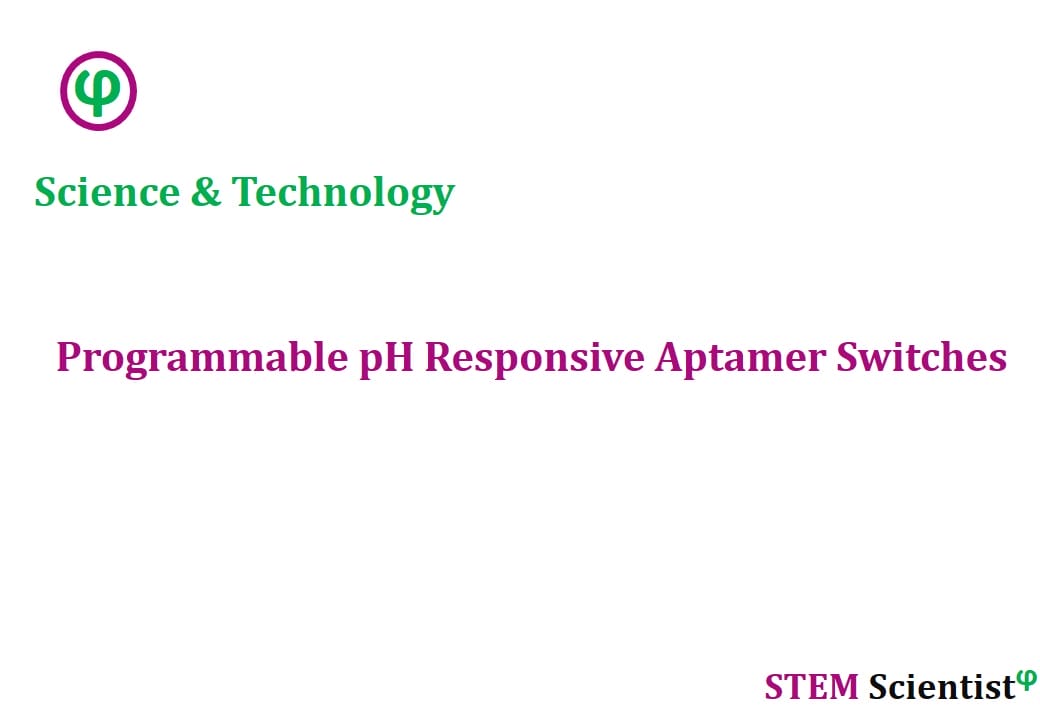
The following study was conducted by Scientists from Department of Electrical Engineering, Stanford University, Stanford, CA, USA; Department of Radiology, Stanford University, Stanford, CA, USA; Chan Zuckerberg Biohub, San Francisco, CA, USA. Study is published in Nature Communications Journal as detailed below
Nature Communications; Volume 11, Article Number: 2946 (2020)
Rational Design of Aptamer Switches with Programmable pH Response
Abstract
Aptamer switches that respond sensitively to pH could enhance control over molecular devices, improving their diagnostic and therapeutic efficacy. Previous designs have inserted pH-sensitive DNA motifs into aptamer sequences. Unfortunately, their performance was limited by the motifs’ intrinsic pH-responses and could not be tuned to operate across arbitrary pH ranges. Here, we present a methodology for converting virtually any aptamer into a molecular switch with pH-selective binding properties — in acidic, neutral, or alkaline conditions. Our design inserts two orthogonal motifs that can be manipulated in parallel to tune pH-sensitivity without altering the aptamer sequence itself. From a single ATP aptamer, we engineer pH-controlled target binding under diverse conditions, achieving pH-induced selectivity in affinity of up to 1,000-fold. Importantly, we demonstrate the design of tightly regulated aptamers with strong target affinity over only a narrow pH range. Our approach offers a highly generalizable strategy for integrating pH-responsiveness into molecular devices.
Source:
Nature Communications
URL: https://www.nature.com/articles/s41467-020-16808-2
Citation:
Thompson, I. A. P., L. Zheng, et al. (2020). “Rational design of aptamer switches with programmable pH response.” Nature Communications 11(1): 2946.


